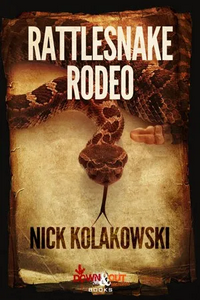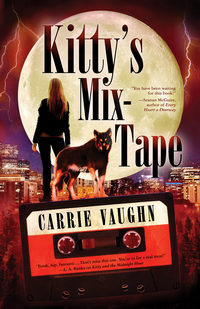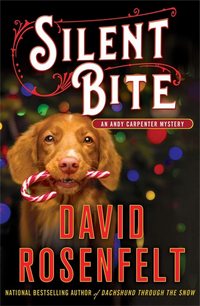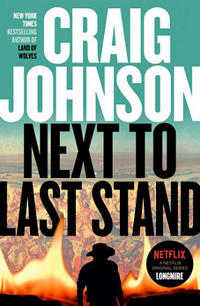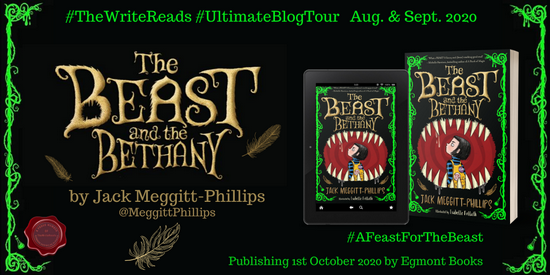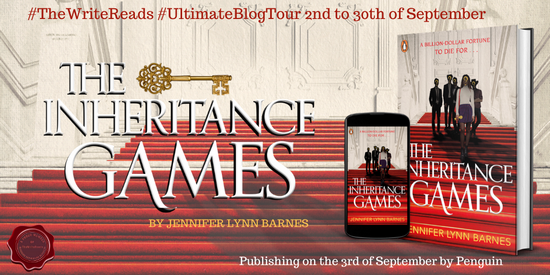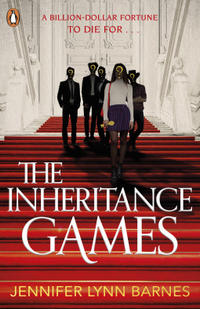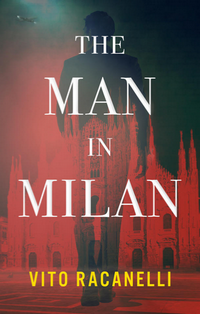 |
The Man in MilaneARC, 336pg. Read: November 9-14, 2020 |

What’s The Man in Milan About?
NYPD detective Rossi is called to the scene of a homicide. It looks like a mugging gone bad, but there’s something wrong with the scene that Rossi can’t accept the first impression. Soon, he and his partner discover that this man is attached to the Italian embassy (although it’s initially denied). The deeper they get into the investigation, the murkier things get and the deadlier things get, too.
While they try to deny it, try to avoid the conclusion, the detectives have to admit that the evidence is pointing to a solution in Italy. They’re able to follow the evidence to the victim’s homeland, leading to an explosive conclusion.
The Police
Probably the strongest part of this book—and it’s key to the success of a police procedural are the characters—particularly the police characters*. From practically the instant we meet Detectives Paul Rossi and Hamilton P. Turner, I felt I knew them. Racanelli nailed these characters. They’re at once characters we’ve seen before, and know well—but made them feel fresh.
* There are a few other strong characters that I don’t have the space to talk about, for example: a newspaper journalist who’s almost as strong and developed as Rossi and Turner, that we don’t get quite enough of; and Rossi’s ex-wife and daughter, who I’d like to see again, too.
Rossi is divorced, in AA, more than a little jaded, but driven by the work that’s the only thing he has left in the world aside from the daughter he doesn’t get to see as often as he wants. He has strong ties to his Italian heritage—can speak and read it fluently (which comes in handy)—without being a stereotype. He has a medical condition that crops up to make life inconvenient, if there’s a sequel or two in the future, I’d like to learn more about this.
Turner is a solid cop, but he has ambitions beyond the NYPD, he wants to get into city politics—ultimately that mayor-ship. And he’s open about it. But more, he’s a poet, who regularly presents at events throughout the city, he can’t seem to go anywhere without finding a woman to seduce, dresses better than most detectives (shades of Connelly’s Jerry Edgar?), and has been described as a “black beatnik.” Some authors would take these traits and give us a character that’s just a collection of quirks, but Racanelli uses them to turn Turner into a well-rounded character.
The deceased’s sister, Tenente Laura Muro, is a policewoman from Italy. She arrives to claim the body and return it to be buried. But she’s also interested in helping the investigation and brings a knowledge of both Muro as a person, his past and his home that prove invaluable to Rossi and Turner. That she’s attractive and intelligent just makes her presence all the more welcome to the partners.
Rossi and Turner have a Lieutenant who has no interest in the case until it becomes something the mayor is taking an interest in, and actually wants them to drop it almost immediately. He’s the kind of petty bureaucrat that you hope doesn’t exist outside fictional police departments (but sure seem to show up in all sorts of police procedurals). He’s a solid character, but not one you’ll enjoy (and aren’t supposed to).
What Really Worked
The initial chapters following Rossi and Turner as they look into Muro’s death, talking to the Italian ambassador, Muro’s estranged wife and so on. Once others associated with Muro are killed, there’s a lot of political pressure put on them to make an arrest. Once it becomes clear that someone wants to add their deaths to the list, the external pressures to make an arrest outweigh all the politics.
When the evidence begins to point to an Italian group that seems more Urban Legend than reality, things take off plot-wise and the stakes get higher. Racanelli handles this skillfully, both the reticence of the detectives to follow the evidence and the way they come around when they have to.
What Wasn’t as Strong
Once it became clear to me that the case was going to take the detectives to Italy*, I worried a little about things. And sadly, those worries were valid. But maybe it’s just me.
* It’d been a few weeks since I read the pitch for the book, so I’d forgotten all of it.
Whether it’s Michael Connelly (Nine Dragons) or Neil Lancaster (Tom Novak series)—and probably other examples I can’t think of at the moment, anytime when you take police detectives and put them into a foreign context (especially when it becomes less police procedural and more international thriller), I think the book loses something. This one didn’t lose a lot, but I think it stumbled a little bit—Racanelli handled the switch in flavors as well as anyone, though, I want to stress that this is a me-thing, not a Racanelli-thing.
The Setting
There are plenty of reasons for this to be set in 2002 for the plot to work—beyond that, it’s a great setting for this kind of book. The characters can use cell phones and the internet, but smart phones aren’t ubiquitous and what characters can do with phones/internet is still limited enough that the detectives have to work for their information, not everything is captured on phones, and so on. It may have been a practical choice to set the book when he did, but the benefits make it a great choice.
So, what did I think about The Man in Milan?
From the voice, the style, the characters and the nature of the story—this is a solid, entertaining story. The persons responsible for the murder are dark and mysterious, but it’s not overplayed. The motive behind the (initial) killing, and its method make sense and are just chilling. The escalation in terms of violence and scale feels natural, it felt like this could be based on real events.
Racanelli’s take on Italian culture isn’t one that I think I’ve seen before and it’s one I’d like to learn more about, too.
The more action-thriller parts of the novel are as tense and compelling as you’d want, the procedural material is as good as you’ll find anywhere. The Man in Milan is a great way for Vito Racanelli to introduce himself to Crime Fiction readers, and I look forward to seeing what he produces next.
Disclaimer: I received this book from the author via Saichek Publicity in exchange for this post and my honest opinion—thanks to both for this.

This post contains an affiliate link. If you purchase from it, I will get a small commission at no additional cost to you. As always, opinions are my own.
![]()


